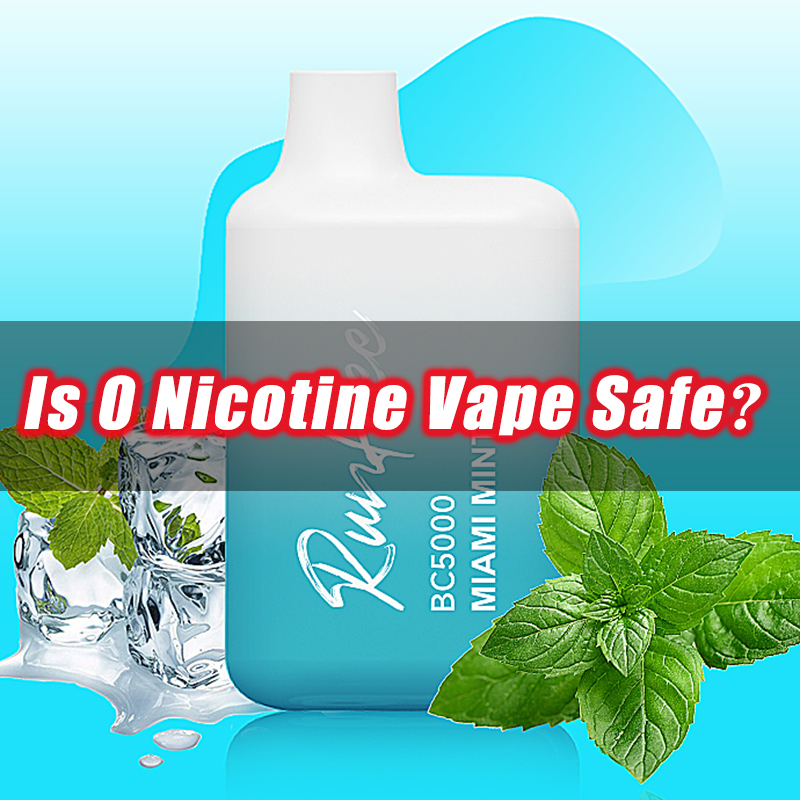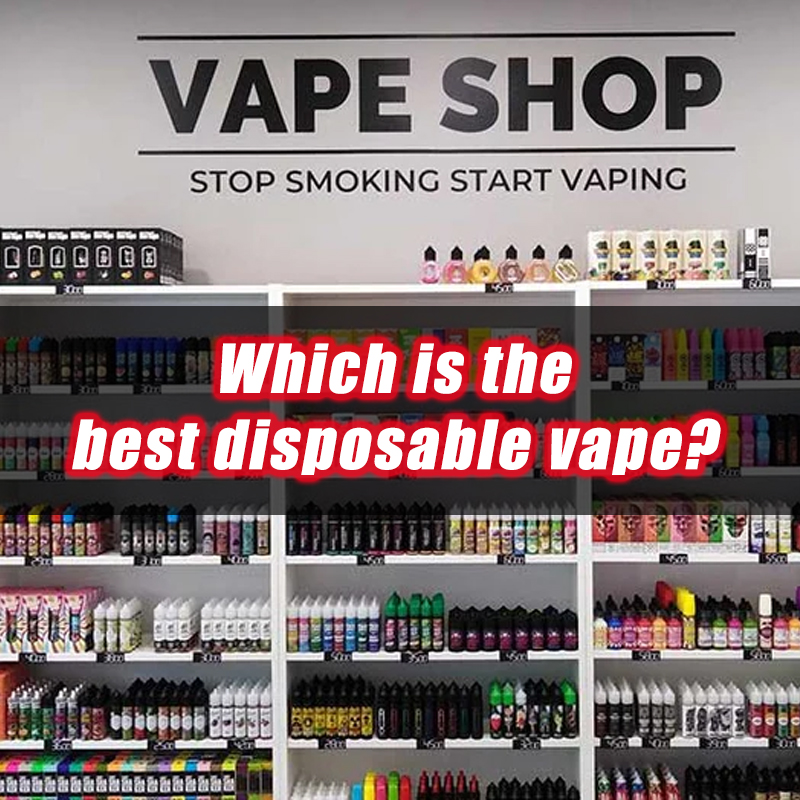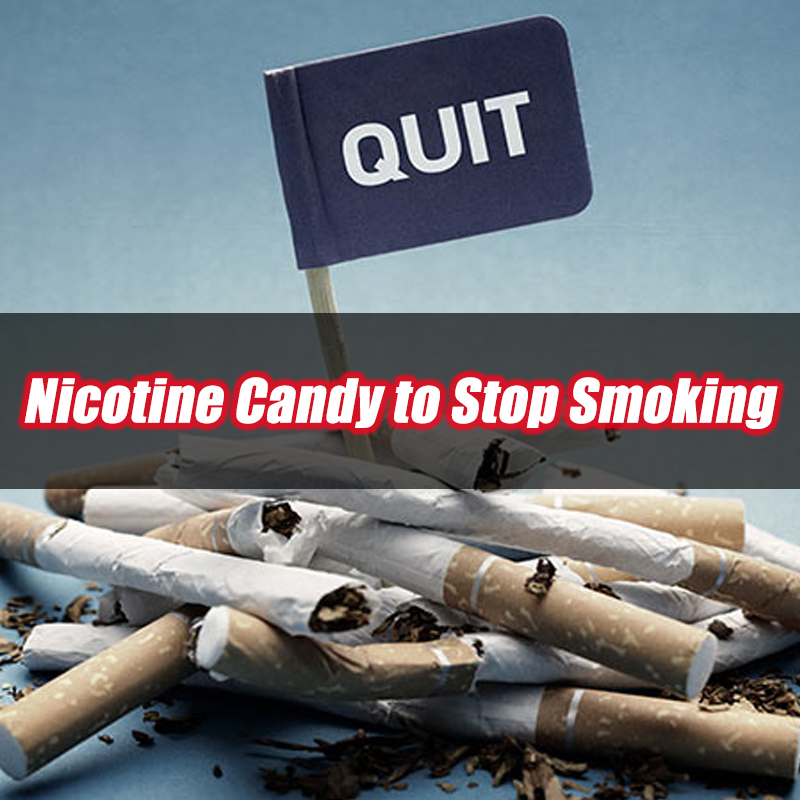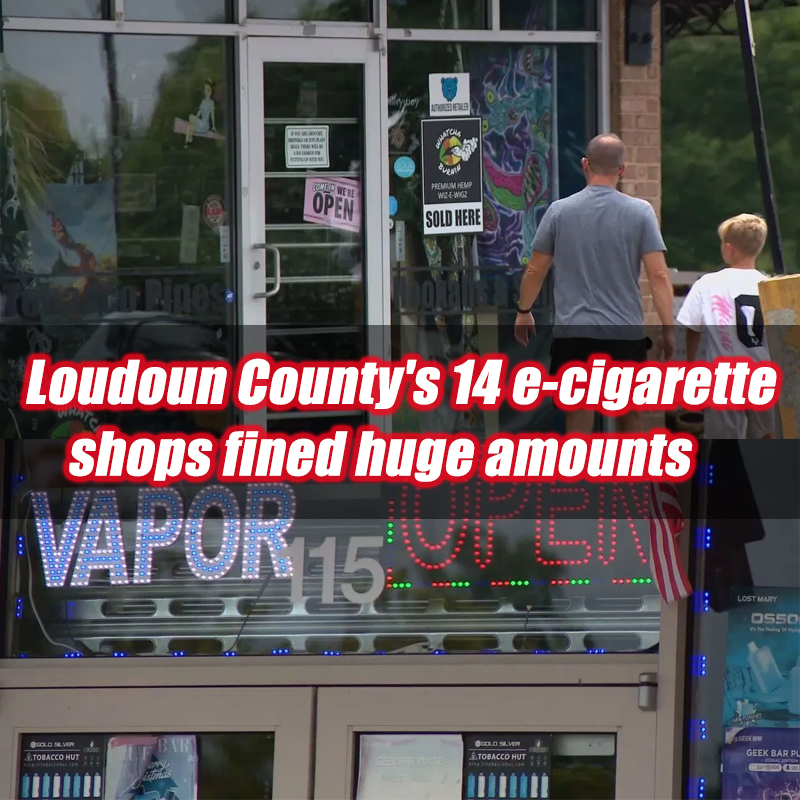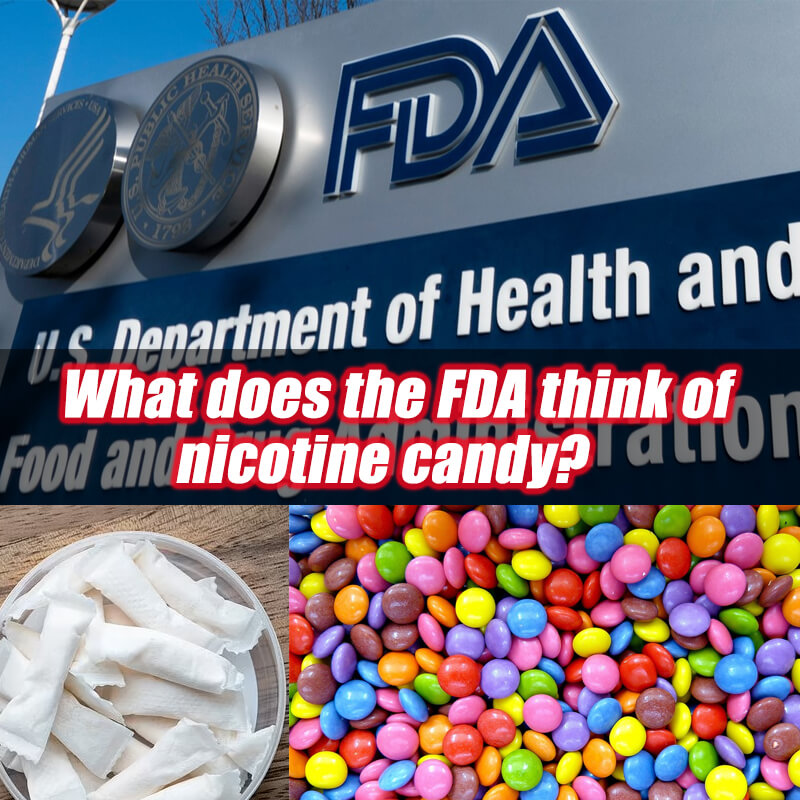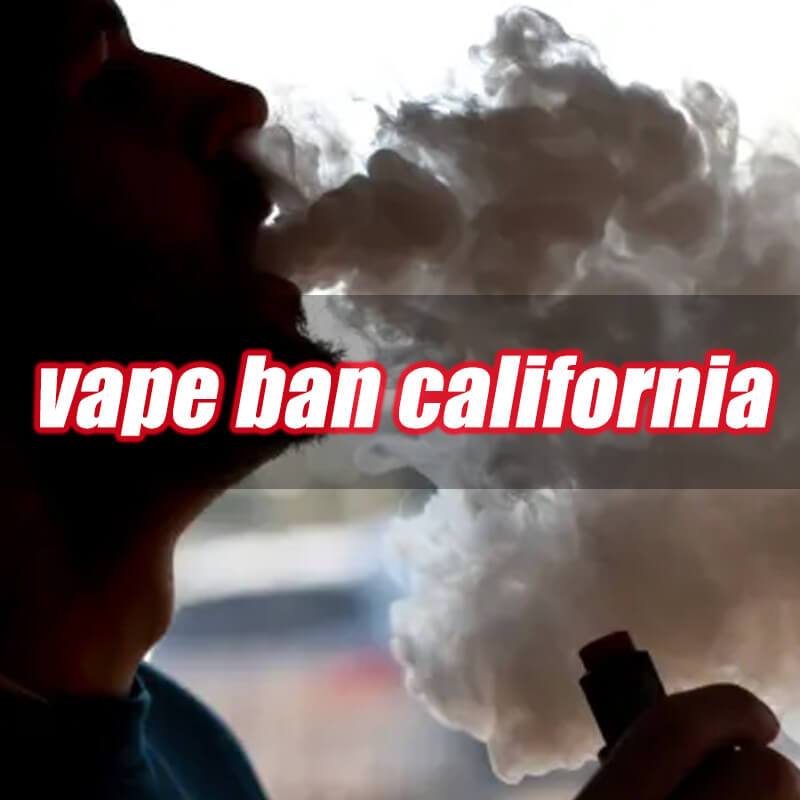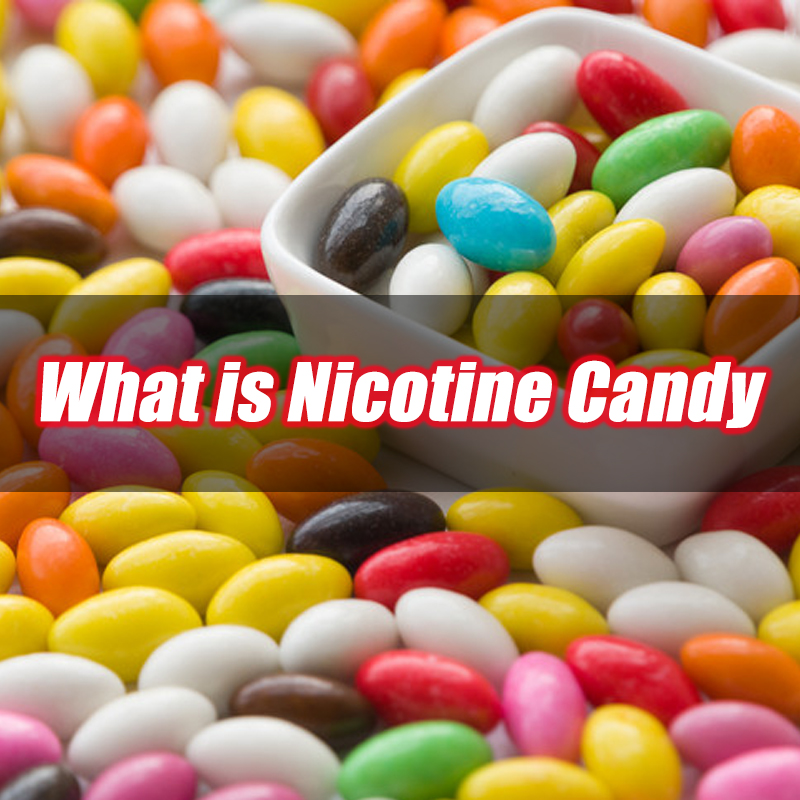What is Nicotine Candy?
Nicotine candy, often referred to as "nicotine lozenges," is a form of nicotine replacement therapy (NRT) designed to help individuals reduce or quit smoking. Unlike traditional nicotine products like cigarettes or e-cigarettes, nicotine candy is consumed orally and is meant to deliver nicotine in a controlled and measured dose.

Understanding Nicotine Candy
Nicotine candy comes in various forms, including lozenges, gums, and mints. The primary purpose of these products is to provide an alternative source of nicotine for individuals looking to quit smoking or reduce their dependence on tobacco. The candy dissolves slowly in the mouth, releasing nicotine into the bloodstream through the mucous membranes, helping to curb nicotine cravings.
Ingredients in Nicotine Candy
- Nicotine Polacrilex: This is the active ingredient, where nicotine is bound to a resin to control its release.
- Flavoring Agents: To make the product more palatable, flavoring agents like mint, citrus, or berry are commonly used.
- Sweeteners: These are added to enhance the taste and make the candy more enjoyable.
- Buffering Agents: Compounds like sodium carbonate are often included to control the pH level in the mouth, optimizing nicotine absorption.
Health Considerations
While nicotine candy is generally considered safer than smoking or vaping, it is not without risks. The controlled release of nicotine helps reduce the harmful effects associated with tobacco use, but nicotine itself can still have adverse health effects, particularly if misused.
Potential Health Risks:
- Addiction: Nicotine is highly addictive, and there's a risk that users may become dependent on nicotine candy as a replacement for smoking.
- Oral Health Issues: Prolonged use can lead to issues such as gum irritation, tooth sensitivity, and other oral health problems.
- Overdose: Consuming too many lozenges in a short period can lead to nicotine poisoning, with symptoms like nausea, vomiting, and dizziness.
Regulatory Landscape for Nicotine Candy
As of 2024, nicotine candy is subject to strict regulations in many countries, similar to other nicotine replacement therapies. These regulations are designed to ensure that the products are safe, effective, and marketed responsibly.
Key Regulatory Points:
- FDA Approval: In the United States, nicotine lozenges must be approved by the Food and Drug Administration (FDA) as a smoking cessation aid.
- Age Restrictions: Sale of nicotine candy is typically restricted to adults over 18 or 21 years, depending on the country.
- Labeling Requirements: Products must include clear labeling, indicating the nicotine content and providing warnings about potential health risks.
For up-to-date information on nicotine candy regulations in specific countries, including how to access local guidelines, you can visit the official government health websites or refer to global health organizations like the World Health Organization (WHO).
How to Choose Products and Suppliers in the Nicotine Candy Market
If you're considering entering the nicotine candy market, selecting the right products and suppliers is crucial. Given the regulatory environment and health implications, due diligence is essential.
Product Selection:
- Regulatory Compliance: Ensure that the products comply with local regulations, including proper labeling, age restrictions, and approved nicotine levels.
- Quality Assurance: Work with suppliers who adhere to strict quality control measures, ensuring that their products are safe, effective, and consistent in nicotine delivery.
- Product Variety: Offering a range of flavors and nicotine strengths can help attract a broader customer base.
Supplier Cooperation:
- Reputation: Partner with suppliers who have a strong reputation in the industry, with proven experience in producing and distributing nicotine products.
- Transparency: Choose suppliers who are transparent about their manufacturing processes, ingredient sourcing, and quality control measures.
- Logistics: Efficient supply chain management is critical, so select suppliers who can reliably deliver products on time and handle distribution effectively.
Market Analysis and Business Strategy
The global nicotine replacement therapy market is growing, driven by increased awareness of the dangers of smoking and the availability of safer alternatives. Here's an analysis of the market and how to position your business for success.
Market Data:

Competitive Landscape:
- Established Brands: Dominated by pharmaceutical companies with extensive experience in nicotine replacement therapies.
- Emerging Players: New entrants focusing on innovative flavors and delivery mechanisms to capture market share.
Business Strategy:
- Targeted Marketing: Focus on health-conscious consumers looking to quit smoking, emphasizing the safety and effectiveness of nicotine candy.
- Regulatory Navigation: Stay ahead of regulatory changes by maintaining close ties with legal experts and industry associations.
- Consumer Education: Provide clear information about the proper use of nicotine candy, its benefits, and potential risks to build trust with your customers.
Conclusion
Nicotine candy offers a promising avenue for those looking to quit smoking or reduce their nicotine intake. However, like all nicotine products, it must be used responsibly and in compliance with local regulations. For businesses looking to enter this market, understanding the regulatory landscape, selecting the right products and suppliers, and staying informed about market trends will be key to success.
For more detailed information on nicotine candy regulations and market trends, you can visit [FDA's official website](https://www.fda.gov) or other relevant government health websites.

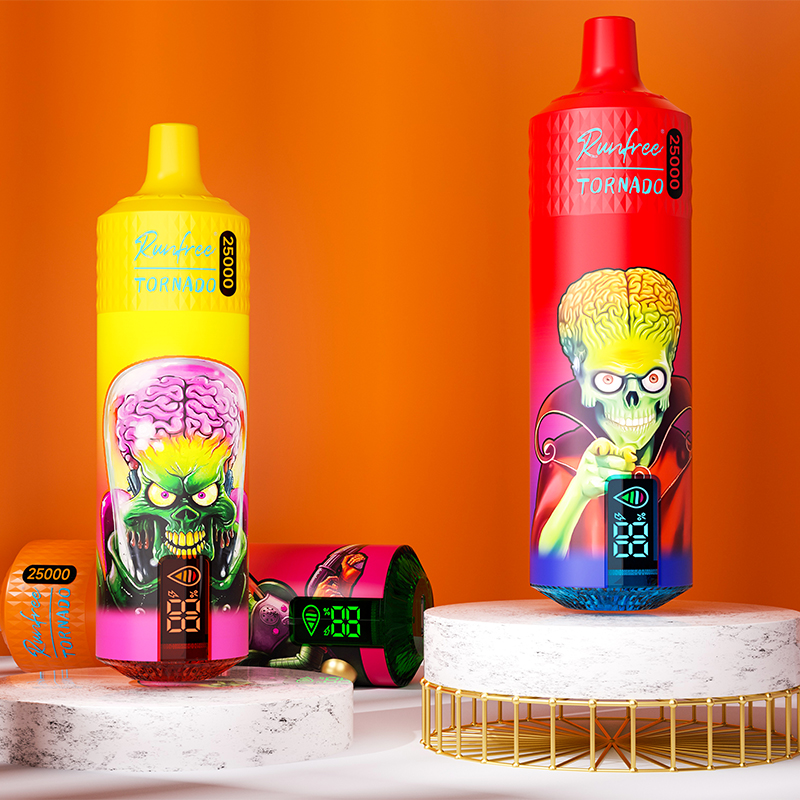 Runfree Upgraded Big Puffs 25000 RGB LED Light Disposable Vape
Runfree Upgraded Big Puffs 25000 RGB LED Light Disposable Vape Hot Sale Runfree BC5000 Puffs Rechargeable Disposable Vape
Hot Sale Runfree BC5000 Puffs Rechargeable Disposable Vape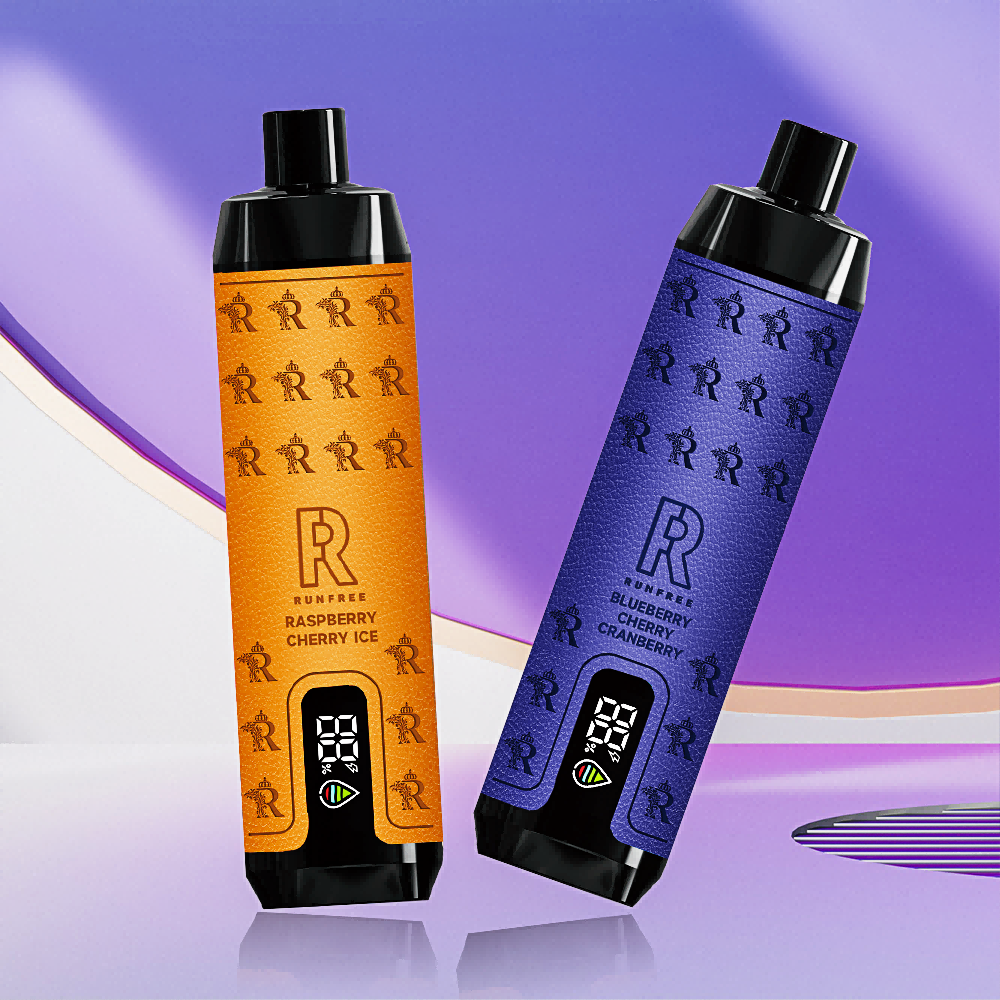 Lung Smoking 15000 Puffs Disposable Vape With Display Screen
Lung Smoking 15000 Puffs Disposable Vape With Display Screen Adjustable power Dual Mesh Coil 8000 Puffs Disposable Vape
Adjustable power Dual Mesh Coil 8000 Puffs Disposable Vape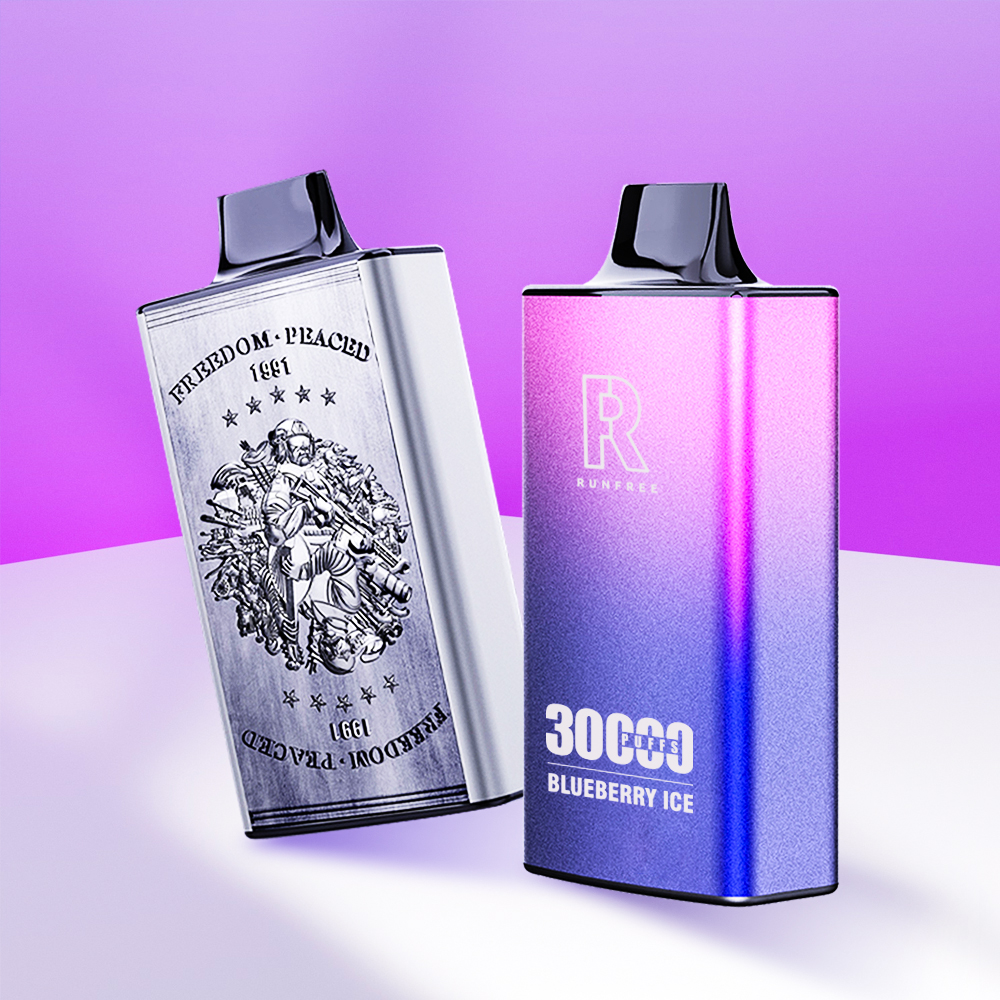 Wholesale Big Puffs 30000 Dual Mesh Coil Disposable Vape Box
Wholesale Big Puffs 30000 Dual Mesh Coil Disposable Vape Box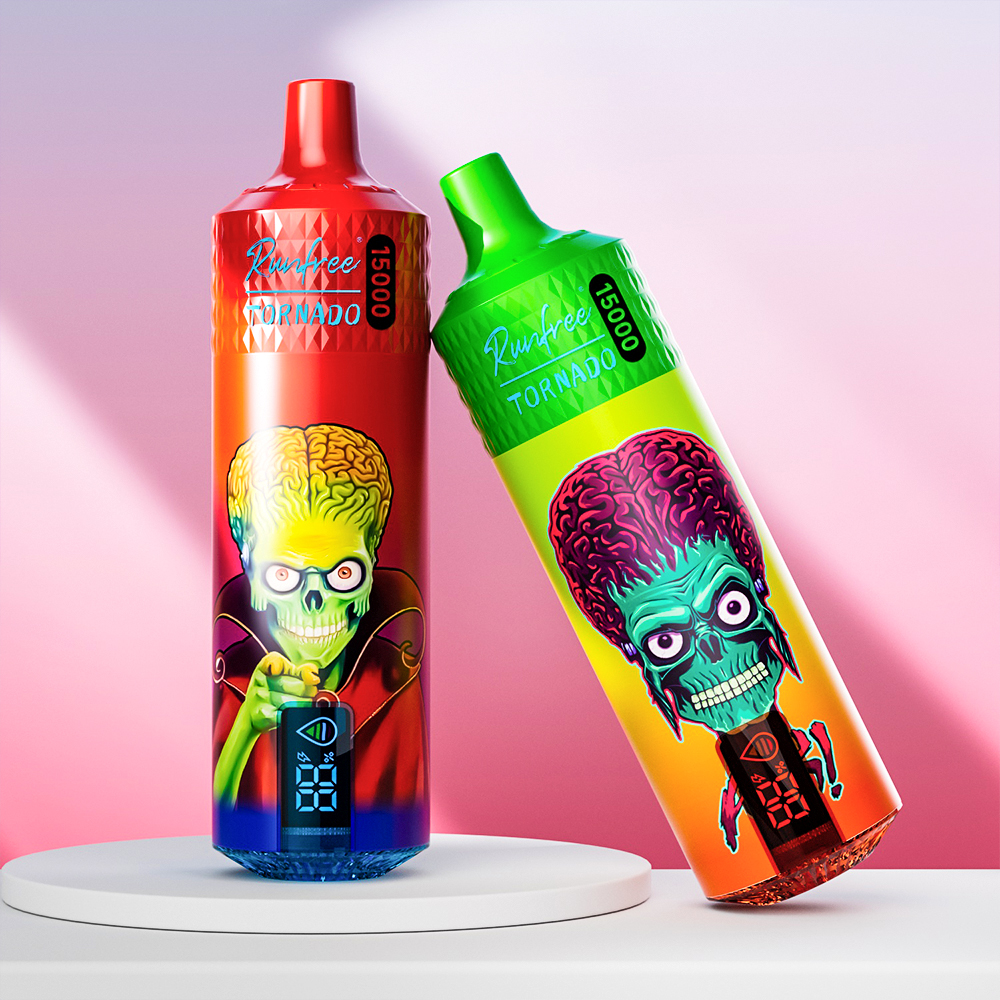 2024 Hot sale Trend Flash light 15000 Puffs Disposable Vape
2024 Hot sale Trend Flash light 15000 Puffs Disposable Vape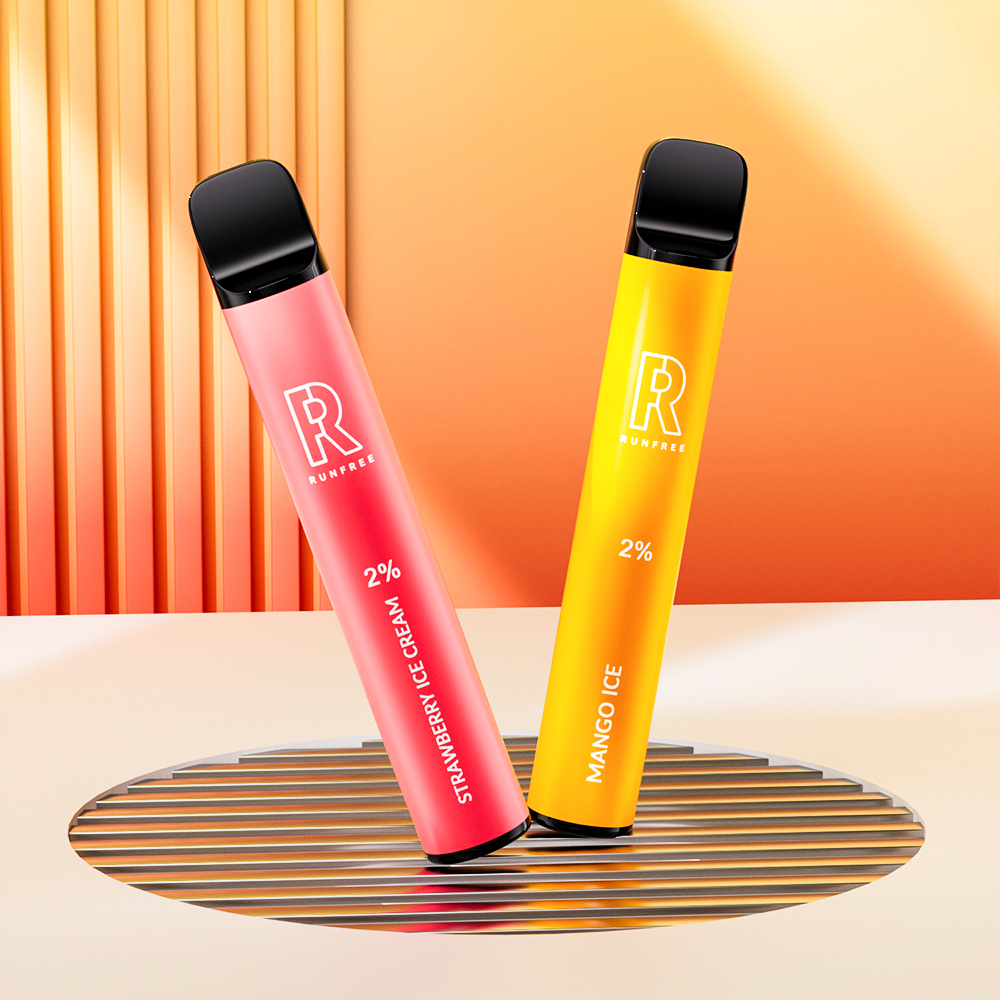 RF003 600 Puff 2ml Oil Disposable Vape With TPD CE
RF003 600 Puff 2ml Oil Disposable Vape With TPD CE RF015 600 Puff Replaceable Rechargeable Light Disposable Vape With TPD
RF015 600 Puff Replaceable Rechargeable Light Disposable Vape With TPD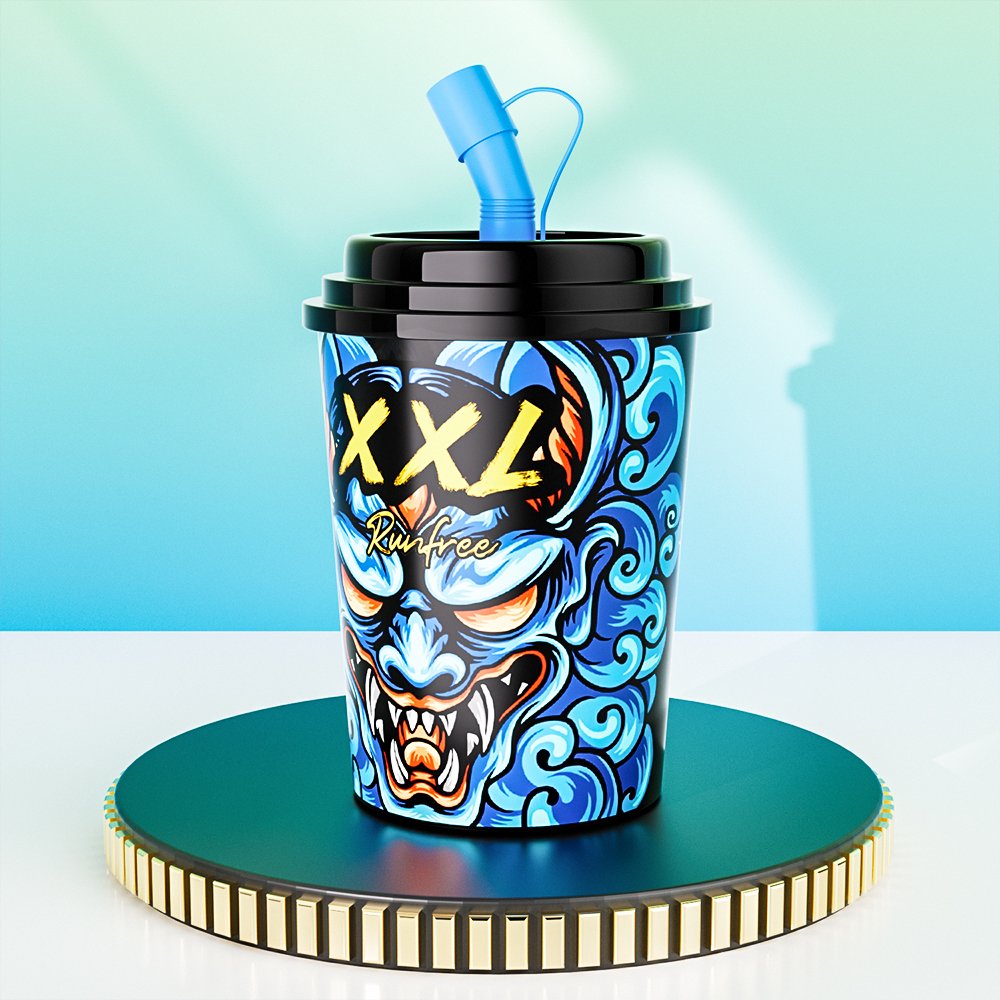 Runfree RF008 8000 Big Puffs Trendy and cool Disposable Vape
Runfree RF008 8000 Big Puffs Trendy and cool Disposable Vape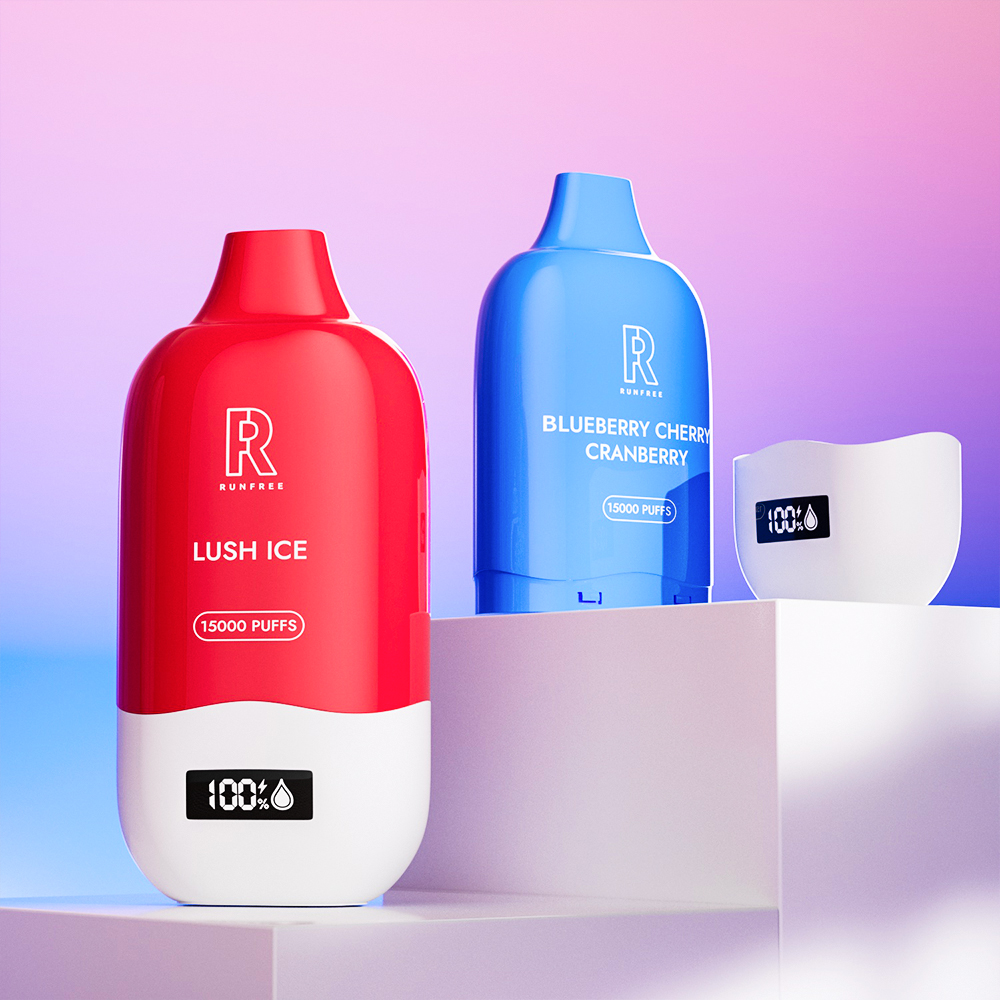 Runfree 2024 New Big Puffs 15000 Replaceable Disposable Vape
Runfree 2024 New Big Puffs 15000 Replaceable Disposable Vape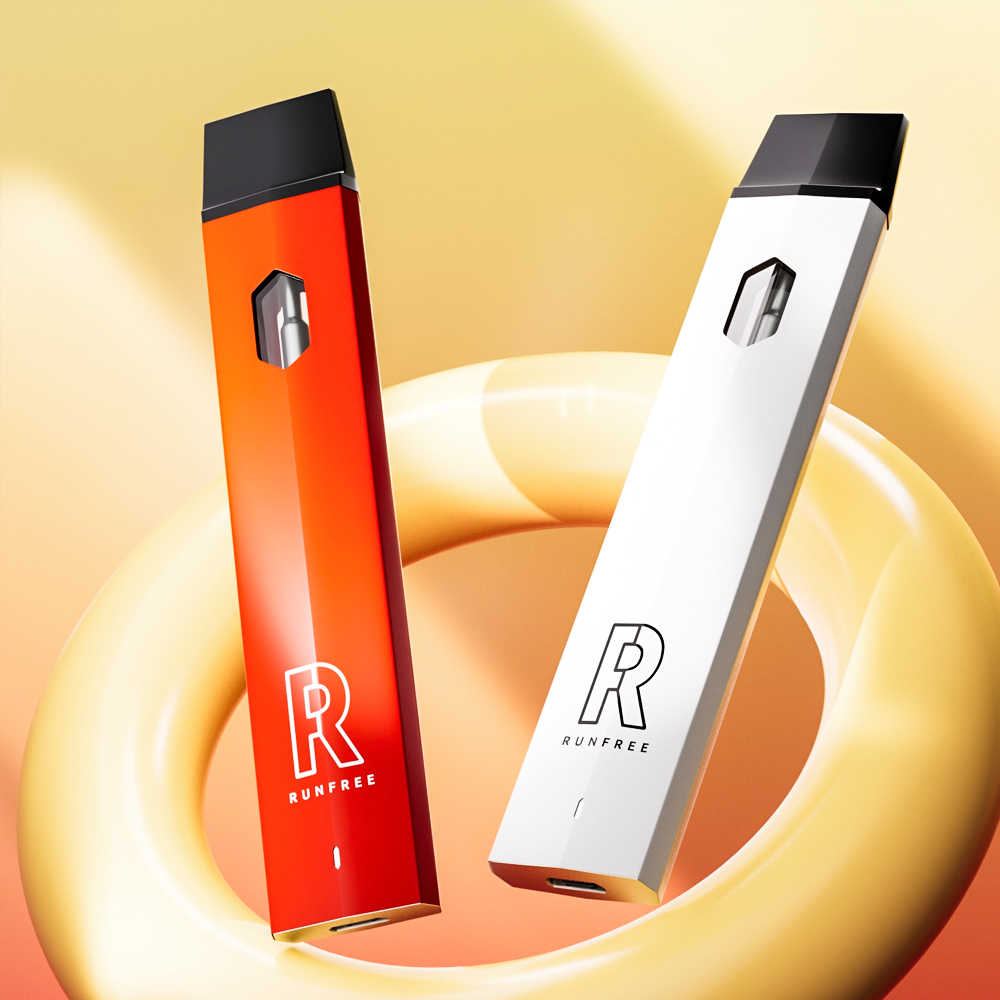 Hot Sale 1ML Refillable Ceramic Core Disposable CBD Device
Hot Sale 1ML Refillable Ceramic Core Disposable CBD Device
